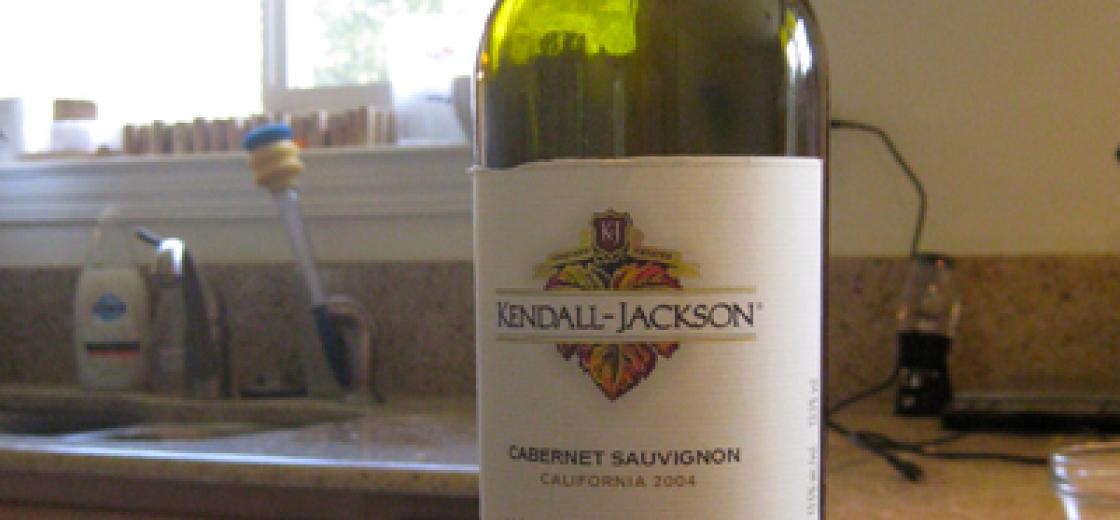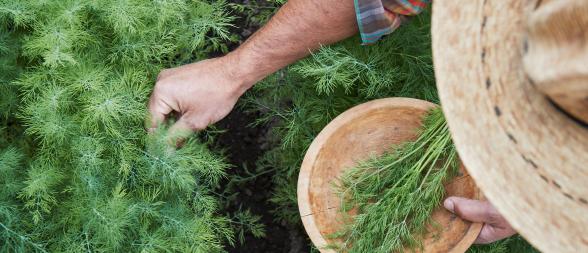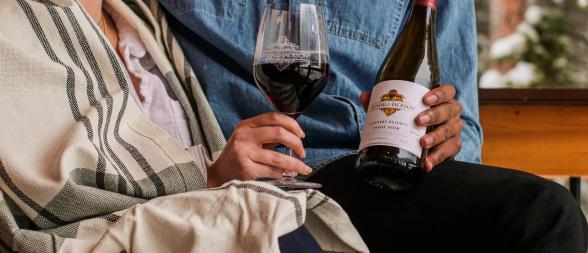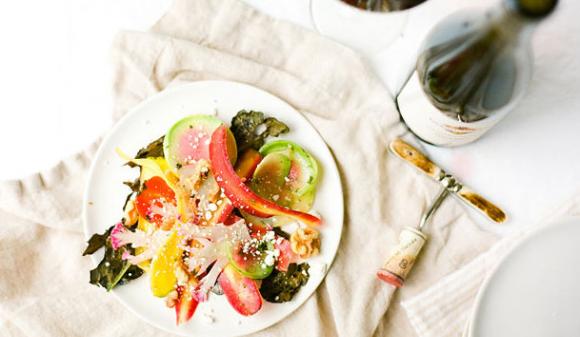
Wine 101: Storing The Leftovers
One question we get a lot at the Kendall-Jackson Wine Center is “how should I store unfinished wine once the bottle is opened?” It’s a common problem and we’re happy to help out.
What’s Happening In Your Bottle
You’ve probably noticed if you’ve left a half-empty bottle of wine on the counter for a few days that it just doesn’t taste as good. Give it a week and it tastes pretty darn bad. That’s oxidation* at work. Winemakers go to great lengths to protect your wine from oxygen until you open it. Once the bottle is open, the chemical reaction known as oxidation begins and the wine’s aromas and flavors will begin to degrade almost at once. This process cannot be stopped — but it can be slowed down.
Preservation Methods
- Cork the Bottle and Store in the Refrigerator
The easiest (and cheapest) method for both red and white wines, this will keep the wine for 1 to 2 days before flavors and aromas noticeably change. - Keep a 375ml Bottle Handy
If you have half a 750ml bottle left, a great way to remove the oxygen issue is to pour it into a clean half-bottle with a screw cap. Bob’s your uncle, no oxygen in the bottle. Best to keep these in the fridge, too. - Argon or Nitrogen Gas Preservation
There are several products on the market that inject inert gas (argon or nitrogen) into the bottle to displace oxygen and protect the wine from oxidation. Prices vary, but they can preserve the wine for up to 7 days after opening. - Vacuum Seal Products
You can also find a variety of vacuum seal products (moderate to quite expensive) that remove the oxygen from the bottle while they form a tight seal on the bottle. Results vary, but in general it will preserve the wine for up to 10 days.
*What is Oxidation
In case you were wondering, when wine tannins are oxidized, hydrogen peroxide is produced … which then oxidizes ethanol into acetaldehyde, the principal compound that produces the oxidized odor that changes the wine’s aromas. This process starts quickly – in as little as two hours, depending on the varietal, temperature, age of the wine and other factors. Older wines are particularly susceptible.





